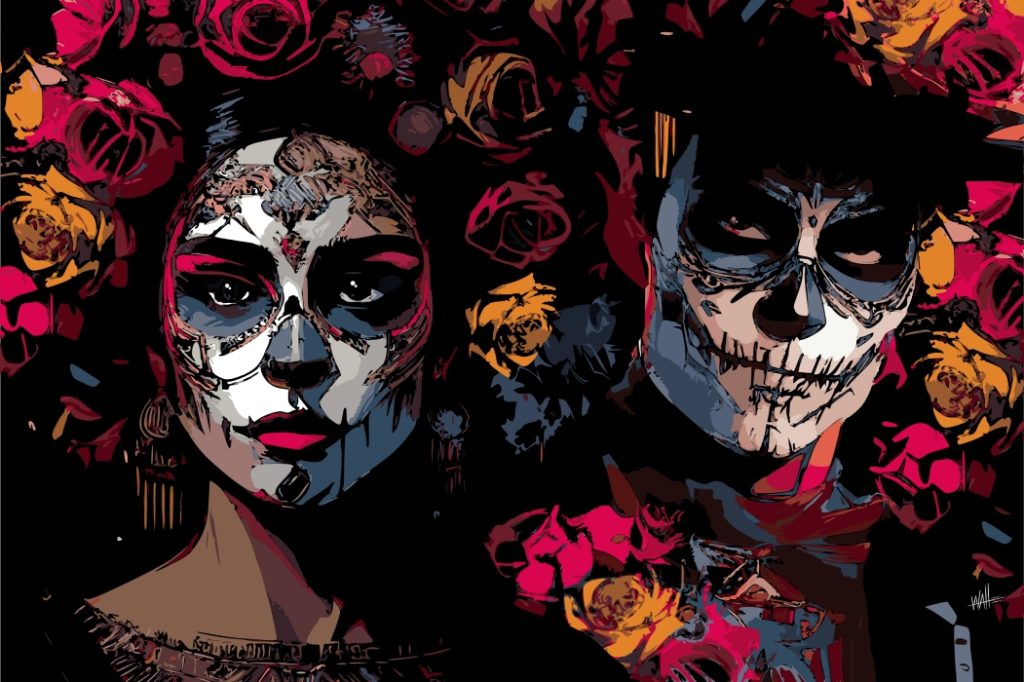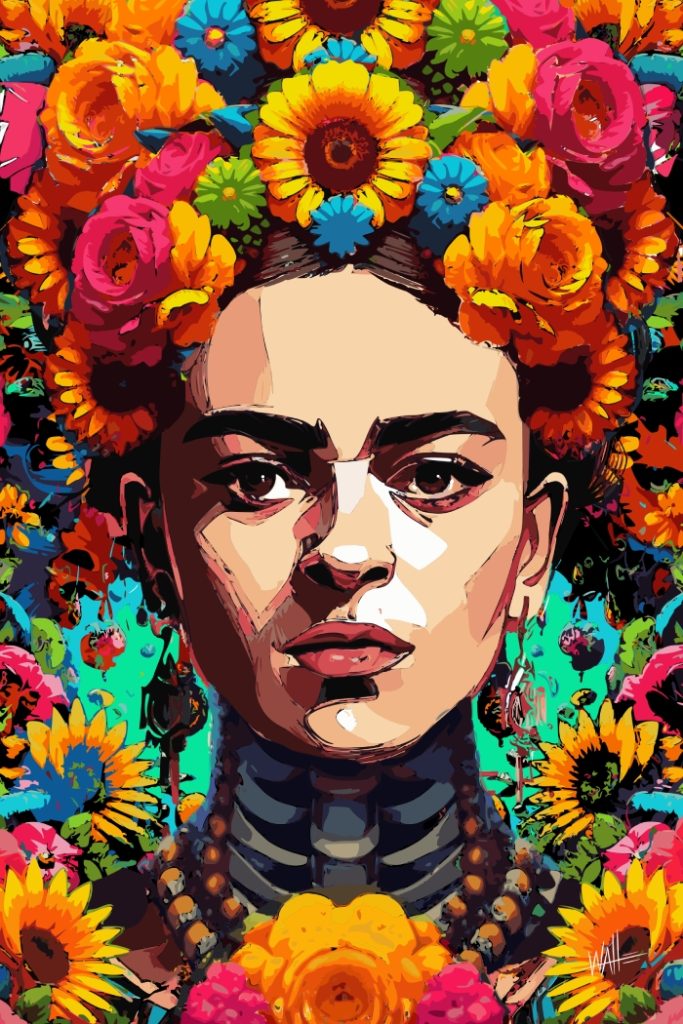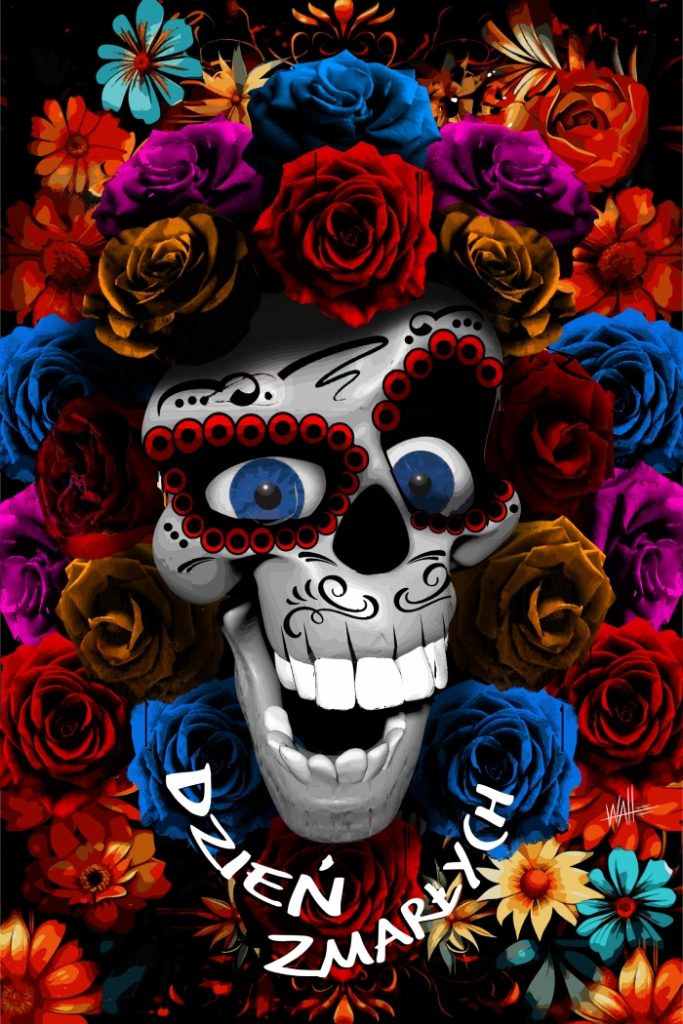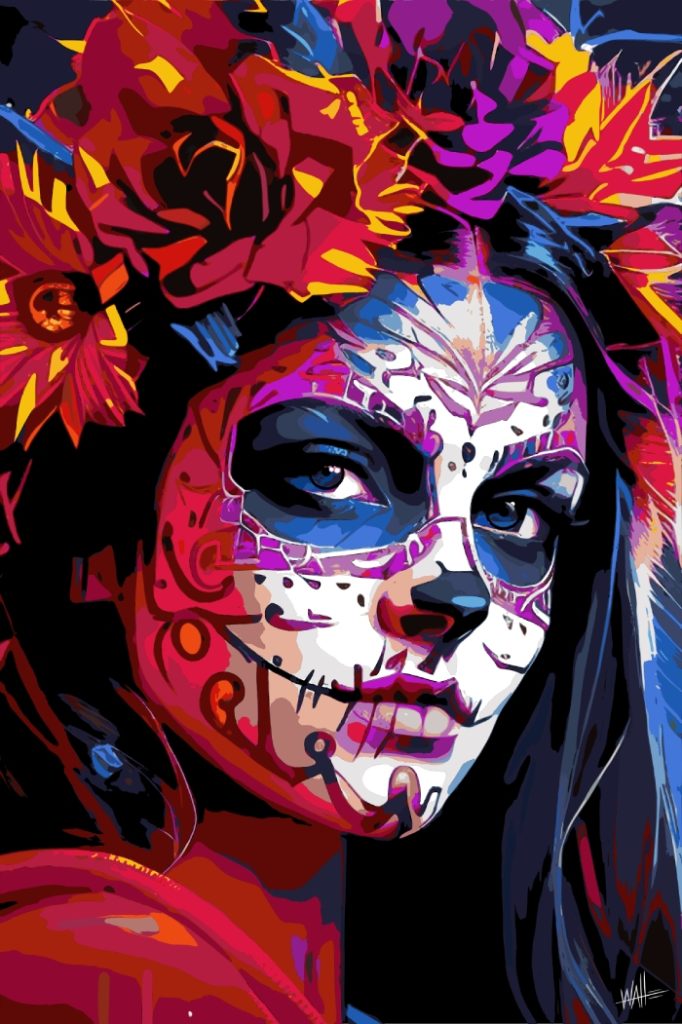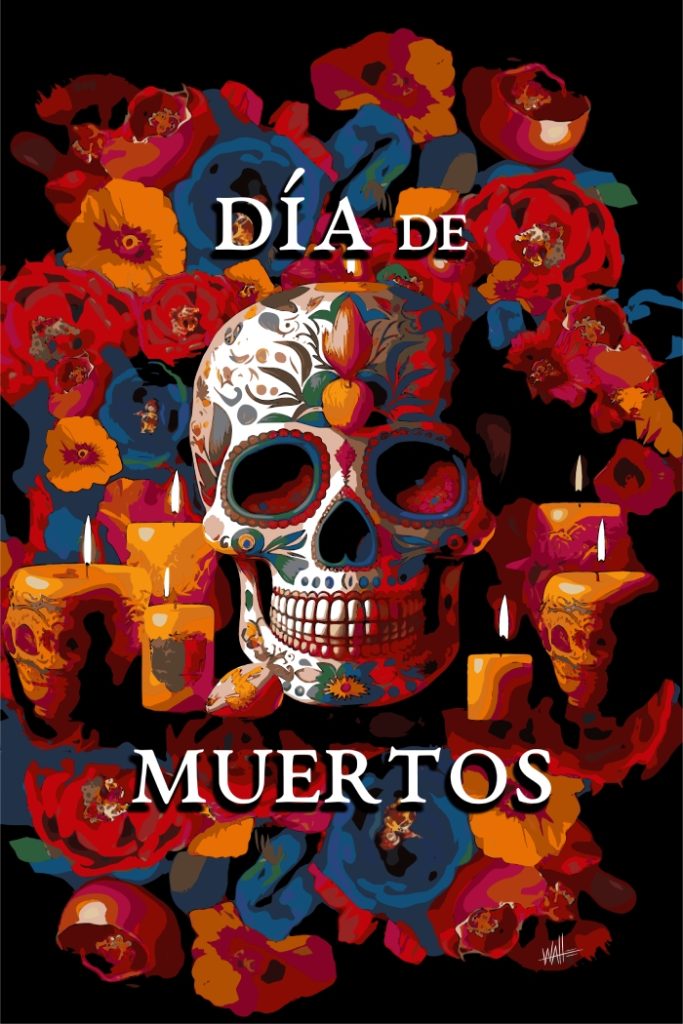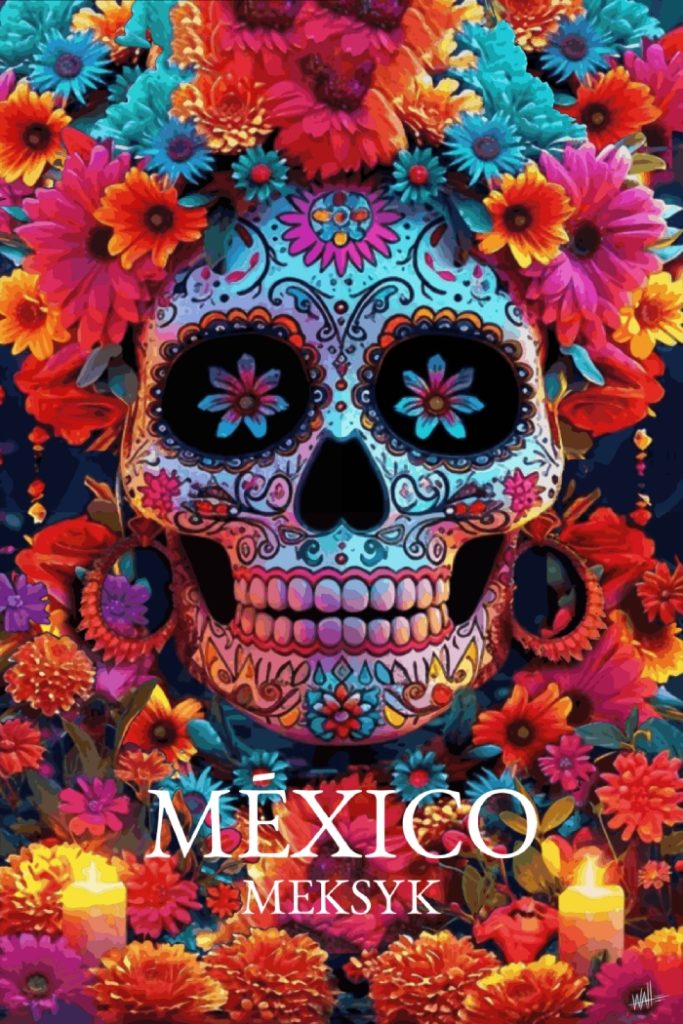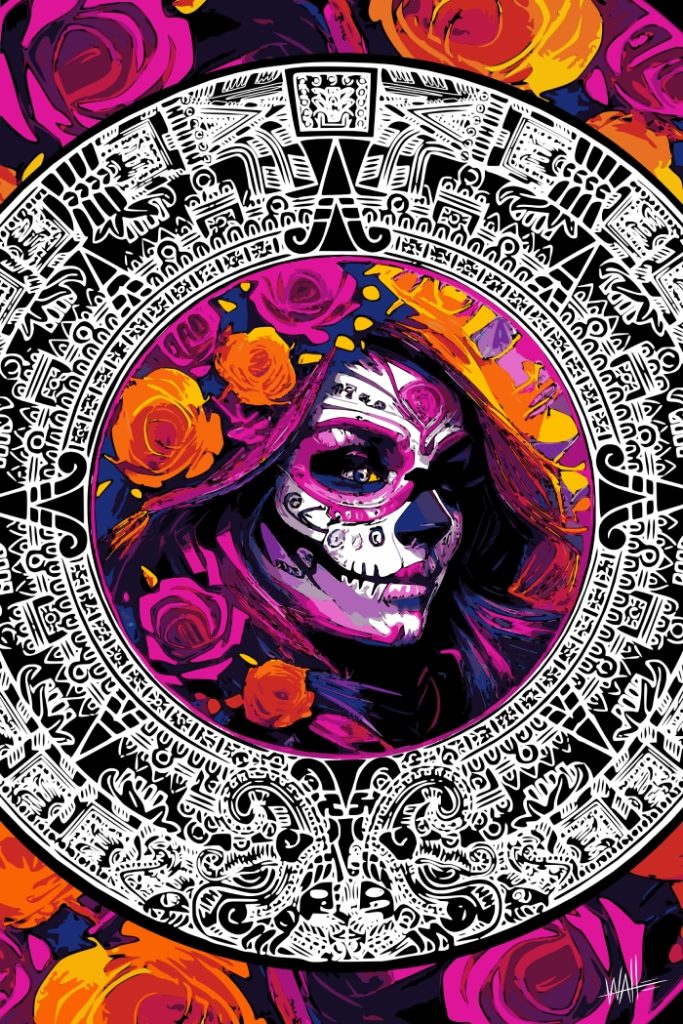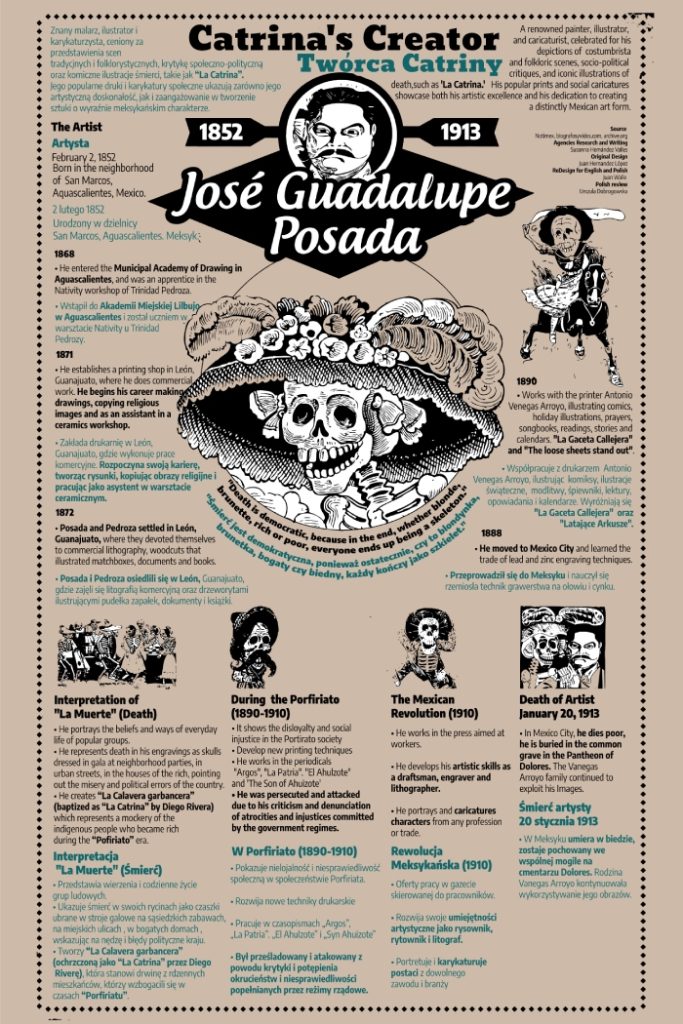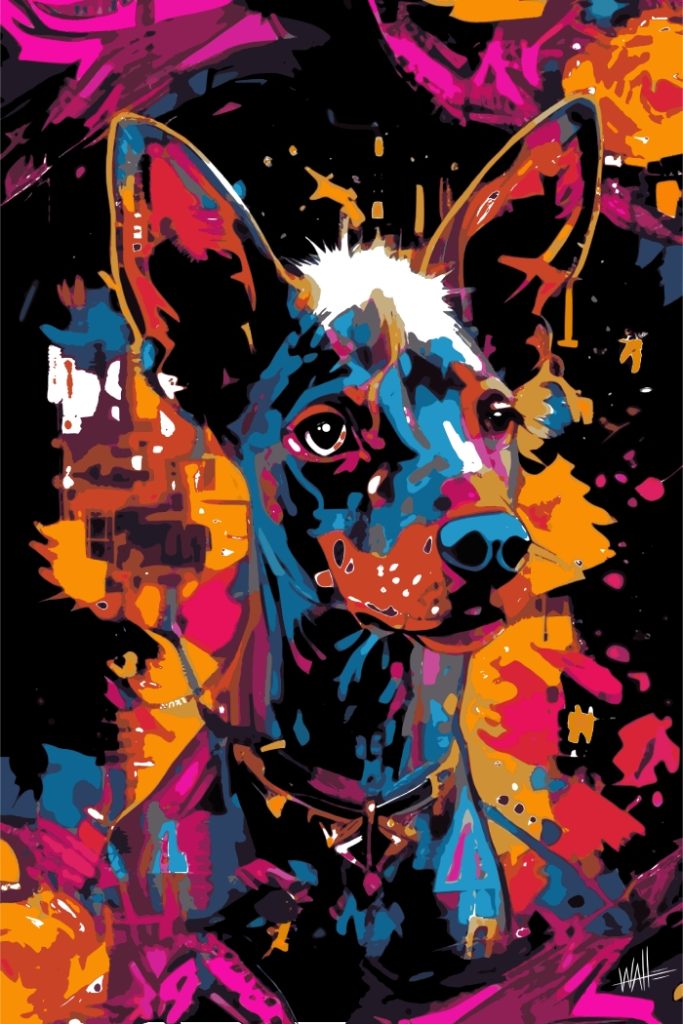
Guardian of Souls on the Day of the Dead
The Xoloitzcuintle, also known as the Xolo, is a native Mexican dog breed with a profound and mystical history that spans thousands of years. Its name comes from Nahuatl, combining Xólotl, the Aztec god of death and spirits, with itzcuintli, meaning “dog.” In pre-Hispanic cultures such as the Aztec, Maya, and Toltec, the Xoloitzcuintle was considered sacred and served as a companion to the souls of the deceased on their journey to the afterlife. Today, the Xolo is seen as a powerful symbol during the Day of the Dead, representing protection and guidance for souls embarking on their passage to eternity.
Role on the Day of the Dead
During the Day of the Dead, altars are filled with symbols representing the elements of Mexican cosmovision, and the Xoloitzcuintle appears as a loyal guardian of souls. According to belief, this dog has the power to accompany souls across the Chiconauhuapan River, the last of the nine rivers souls must cross to reach Mictlán, the underworld. Its role is essential, as without the guidance of the Xolo, souls could lose their way and fail to find eternal rest.
Significance for the Passage to Eternal Life
The figure of the Xoloitzcuintle holds deep symbolism in the transition from life to death and represents loyalty and sacrifice. This hairless dog is considered a bridge between the world of the living and the world of the dead, and its role as a spiritual guide ensures that souls reach their final destination. The belief in the Xolo’s protective power reaffirms the idea that death is just another stage in the cycle of life, and that souls, guided by a loyal friend, can attain eternal peace.
The Xoloitzcuintle remains a symbol of love and respect for ancestors in Mexico, and its presence on the Day of the Dead reminds all participants of the importance of this connection.
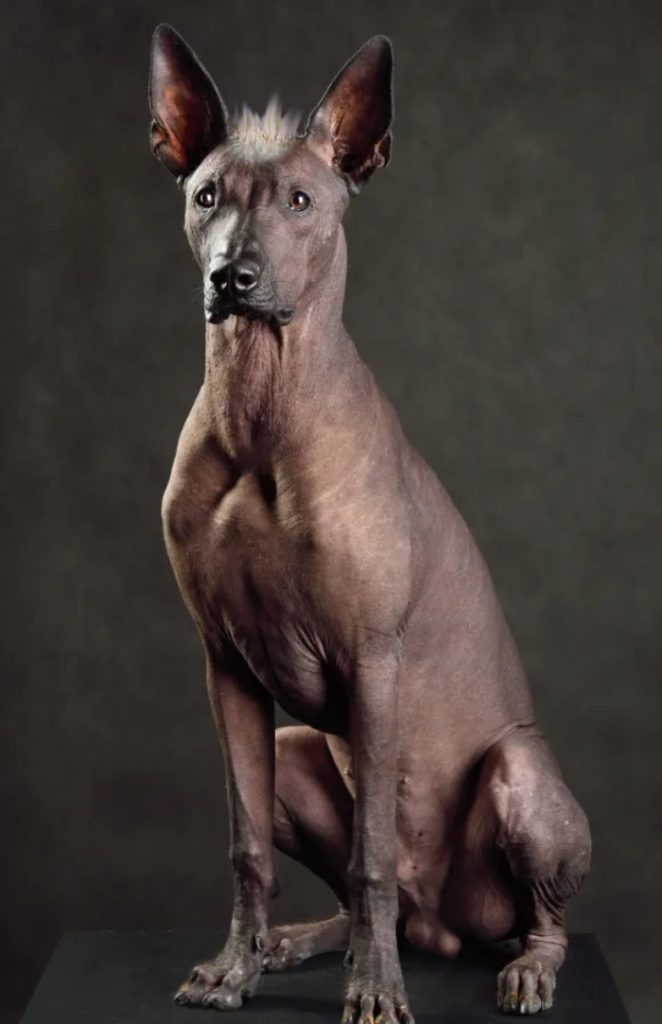
Xoloitzcuintle: Strażnik Dusz w Dzień Zmarłych
Xoloitzcuintle, znany również jako Xolo, to rdzenna rasa psów z Meksyku o głębokiej i mistycznej historii sięgającej tysięcy lat. Jego nazwa pochodzi z języka nahuatl i łączy Xólotl, azteckiego boga śmierci i duchów, z itzcuintli, co oznacza „pies.” W kulturach przedhiszpańskich, takich jak aztecka, majów czy tolteków, Xoloitzcuintle był uznawany za świętego i towarzysza dusz zmarłych na ich drodze do zaświatów. Dziś Xolo jest uważany za potężny symbol podczas Dnia Zmarłych, reprezentując ochronę i przewodnictwo dla dusz, które rozpoczynają swoją podróż do wieczności.
Rola w Dzień Zmarłych
Podczas Dnia Zmarłych ołtarze wypełnione są symbolami przedstawiającymi elementy meksykańskiego światopoglądu, a Xoloitzcuintle pojawia się jako wierny strażnik dusz. Według wierzeń, ten pies ma moc towarzyszenia duszom przez rzekę Chiconauhuapan, ostatnią z dziewięciu rzek, które muszą przeprawić, aby dotrzeć do Mictlán, świata podziemnego. Jego rola jest kluczowa, ponieważ bez przewodnictwa Xolo dusze mogłyby się zagubić i nie odnaleźć wiecznego spokoju.
Znaczenie w Przejściu do Życia Wiecznego
Postać Xoloitzcuintle ma głęboką symbolikę w przejściu od życia do śmierci i symbolizuje lojalność oraz poświęcenie. Ten bezwłosy pies jest uważany za pomost między światem żywych a światem umarłych, a jego rola jako duchowego przewodnika zapewnia duszom dotarcie do ostatecznego celu. Wiara w ochronną moc Xolo wzmacnia ideę, że śmierć jest tylko kolejnym etapem cyklu życia, a dusze, prowadzone przez wiernego przyjaciela, mogą osiągnąć wieczny pokój.
Xoloitzcuintle pozostaje symbolem miłości i szacunku dla przodków w Meksyku, a jego obecność w Dzień Zmarłych przypomina wszystkim uczestnikom święta o znaczeniu tego więzi.

